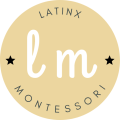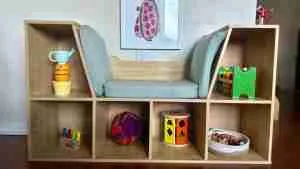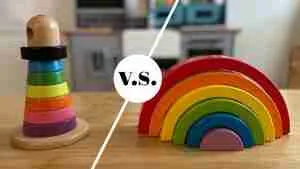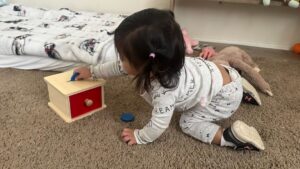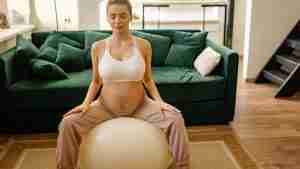
Why Shouldn’t You Use A DockATot In A Crib? A Warning From CPSC
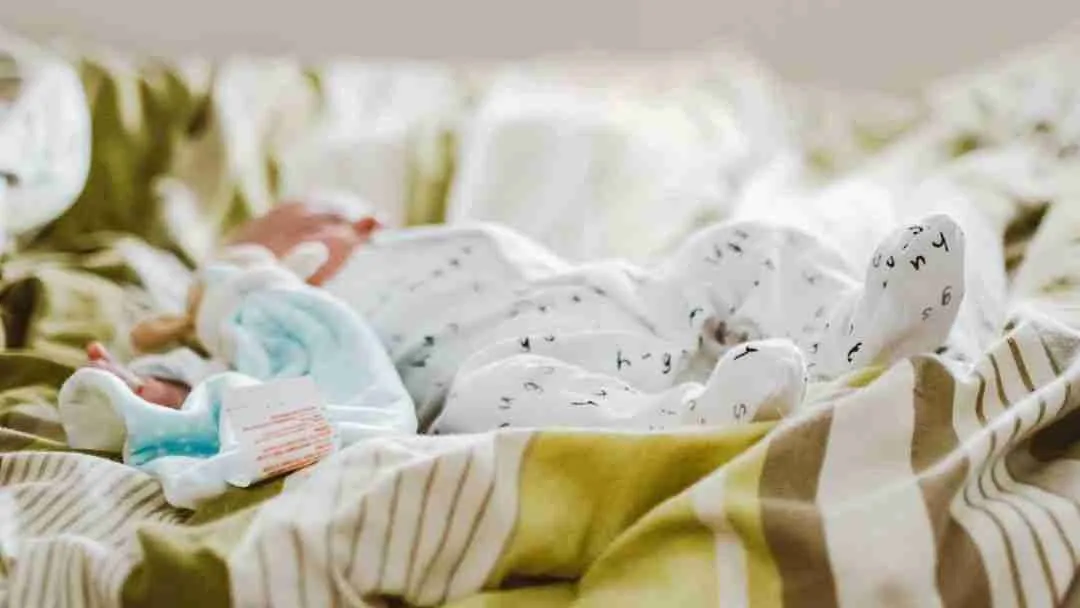
*Disclosure: I only recommend products I would use myself and all opinions expressed here are our own. This post may contain affiliate links that at no additional cost to you, I may earn a small commission. Thank you for your support!
Share this post
The reason why you shouldn’t use a DockATot in a crib is that babies run the risk of possible suffocation.
The DockATot quickly gained popularity amongst new parents and it became a must-have in baby registries.
However, the U.S. Consumer Product Safety Commission (CPSC) received multiple reports of infant deaths associated with the DockATot Deluxe+.
But why is the DockATot not safe?
I wanted to find out and did a lot of research to understand why you should stop using the DockATot immediately.
Background on the DockATot
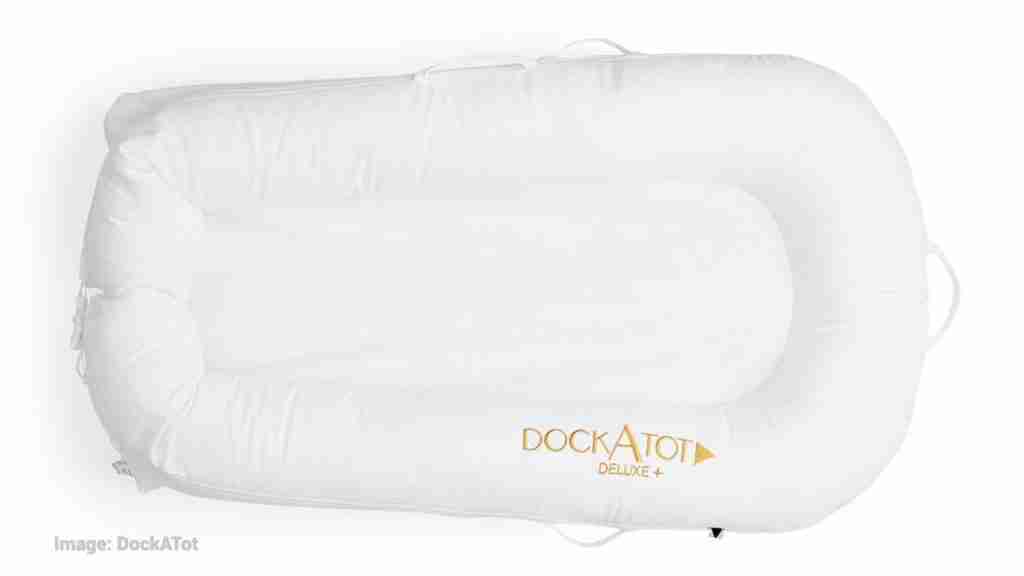
The DockATot is a popular baby lounger that is designed to provide a cozy and secure resting environment for infants.
It features a soft, cushioned design that can help soothe and comfort newborns. It has gained a significant following among parents who appreciate its convenience and perceived benefits for infant sleep and comfort.
But many parents have used the DockATot incorrectly by placing it in a crib or bassinet, which goes against the CPSC and AAP safety guidelines.
The DockATot has raised numerous safety concerns and should not be used for infant sleep.
The DockATot Deluxe+ is unsafe for sleeping according to the CPSC
When I first saw the DockATot, I thought it would be a great and convenient way to let my baby sleep while I did some chores around the house.
After learning about its dangers, I said, “No, there is no way I am putting my baby at risk.”
Despite its popularity, the DockATot has been linked to serious safety concerns.
The U.S. Consumer Product Safety Commission (CPSC) has not approved the DockATot as a safe sleep product, and the American Academy of Pediatrics (AAP) advises against using products like the DockATot for infant sleep.
The CPSC received multiple reports of infants suffocating or experiencing other breathing difficulties while using the DockATot.
But I want my baby to sleep
Parenting is tough and we can go days without getting good sleep. Trust me, I’ve been there. And that prompts us to invest in expensive products that promise a good night’s sleep.
But it is important to prioritize your infant’s safety over convenience or perceived comfort.
I know the DockATot seems like a convenient solution for providing a cozy sleeping environment for your baby, but it is not designed specifically for safe sleep and can pose significant risks.
The AAP recommends that you place your infant to sleep on their back in a crib or bassinet that meets safety standards. The DockATot should not be used in a crib.
Approved cribs and bassinets are designed to provide a safe and secure sleeping environment for infants and can help reduce the risk of suffocation or other breathing difficulties.
What about co-sleeping, is the DockATot safe?
Co-sleeping is a debatable topic in the United States. Some say it is unsafe, some see the benefits.
We co-slept with our daughter for about four or five months before she transitioned to a floor bed. We never had an issue nor did we think about the risks of co-sleeping.
However, we did not use a DockATot to co-sleep because of the reasons mentioned before. So according to the CPSC, the DockATot is not safe for sleeping.
How should I use the DockATot then?
Well, you shouldn’t. I would follow the CPSC’s recommendation and discontinue its use.
Looking at some FAQs on DockATot’s website, they state that you should always supervise your infant in the dock since it is not designed to contain a child.
Babies can begin to crawl or scoot unexpectedly. A baby that wakes up alone may try to find you and can fall or become entrapped between adjacent objects.
Notice that they don’t mention anything about safe sleep using the DockATot. I wonder why…? Perhaps they updated their safety info.
My advice: find safer DockATot alternatives.
There are better products that are safer for your baby during awake times, playtime, or while doing tummy time. Some are also great to help develop your child’s physical and cognitive development.
It’s worth mentioning that many baby loungers or baby pillows are not meant for sleeping. They are usually made to place your baby on their backs or during tummy time.
However you use them, make sure that you always supervise your infant.
Canada bans sleep loungers
Canada has taken a strong stance on baby loungers, or as they call them baby nests and baby pods.
The DockATot is one of those products that are not being sold in Canada because of their strict regulations on sleeping products.
Canadian regulations require that baby products have characteristics including sides that are higher than those on the DockATot.
Since the DockATot does not meet those regulations, parents living in Canada cannot buy it. Maybe the United States should follow the same steps.
Safe sleep recommendations according to AAP
I’ve looked at the American Academy of Pediatrics (AAP) website to learn more about safe practices for infant sleep.
They provide important sleep recommendations to promote the well-being and safety of your infant.
These recommendations aim to reduce the risk of sudden infant death syndrome (SIDS) and other sleep-related infant fatalities.
Here are some safe sleep guidelines according to the AAP:
- Place baby on his/her back: Always place infants on their backs for sleep. This position has been shown to reduce the risk of SIDS.
- Use a firm sleep surface: Infants should be placed on a firm mattress or crib that meets current safety standards. Avoid using soft surfaces such as couches, armchairs, or adult beds for infant sleep.
- Share a room, not a bed: The AAP recommends room-sharing without bed-sharing. Infants should sleep in their own crib or bassinet, ideally in the parents’ room for the first six to twelve months.
- Use a safety-approved crib or bassinet: Ensure that the crib or bassinet meets safety standards, has a snug-fitting mattress, and is free of pillows, blankets, stuffed animals, or other loose bedding.
- Avoid soft bedding and loose objects: Keep the sleep environment free from soft bedding, including blankets, pillows, crib bumpers, and stuffed animals. These items can pose a suffocation risk.
- Dress appropriately for sleep: Dress your baby in a sleep sack or a one-piece sleeper to keep them warm during sleep. Avoid using blankets or duvets that can cover the baby’s face.
- Breastfeeding is beneficial: The AAP encourages breastfeeding, as it is associated with a reduced risk of SIDS. Mothers are advised to breastfeed exclusively for the first six months and continue breastfeeding alongside appropriate complementary foods for at least one year.
- Avoid smoke exposure: Keep the sleep environment smoke-free, both during pregnancy and after birth. Maternal smoking during pregnancy and exposure to secondhand smoke are significant risk factors for SIDS.
- Avoid overheating: Ensure that the baby’s sleep environment is kept at a comfortable temperature to prevent overheating. Dress the baby appropriately for the ambient temperature, and avoid excessive bundling or covering.
What to do next?
The Consumer Product Safety Commission (SPSC) says that the DockATot is not safe for baby sleep due to a number of infant deaths related to the product.
I wrote an article on better and safer DockATot alternatives, so please check it out and buy a product that better aligns with your needs.
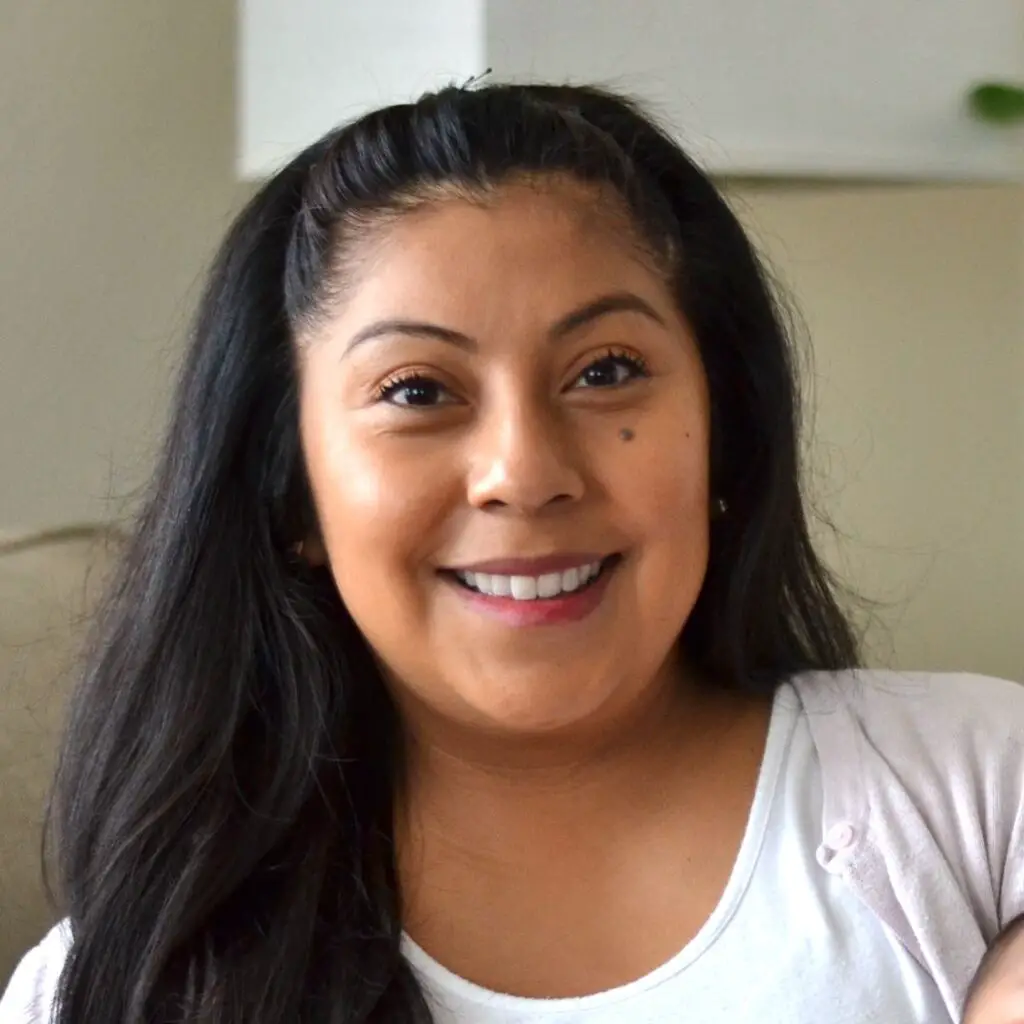
Hello, I am Leslie. I am on a mission to help you support the growth and development of your child. With the right tools and proper guidance, you can navigate parenthood with confidence and assertion! My goal is to equip you with knowledge to help you construct a strong foundation for your child’s life.
Suggested articles
You May Also Like

11 Fun 1 Year Old Activities To Support Development
Wondering what activities you can do with your toddler? Here are 11 fun and engaging 1 year old activities that will surely help develop your child’s skills.
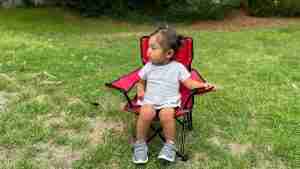
7 Best Camping High Chairs For Your Baby
The best camping high chair that worked great was the Baby Delight Go With Me High Chair. It has a removable snack tray and a canopy to provide lots of shade, and it is the most stable camping high chair we tested.
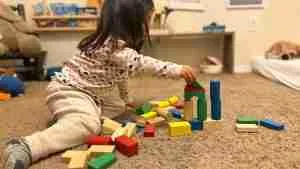
What are open ended toys and how they help with development
An open ended toy is a toy that can be played with in multiple ways and allows your child to explore and create without strict guidelines or end goals.
